Video Projects
Grain Matter: The Grain Glossary

Get to know the A – Zs of grains with Good In Every Grain. Grains make up 1/4th of the Canadian food guide, yet the facts, fiction, and faux pas of oats and barley can often be a bit…well…grainy.
From “Agronomy” to “Yield”, here is your introductory lesson on the cream of Ontario’s crops.
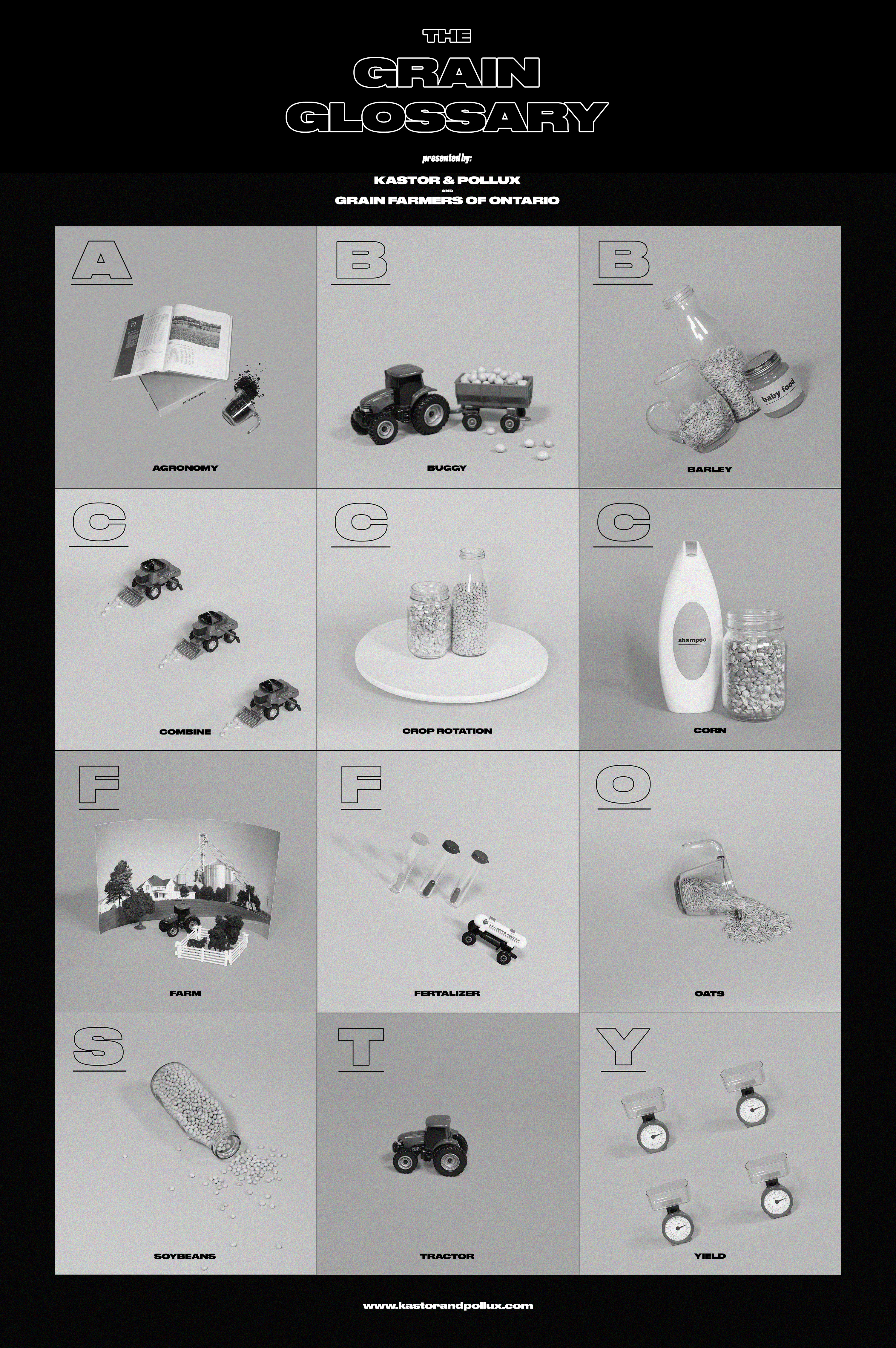
A – F
AGRONOMY: The study of crops and soils.
AIR SEEDER: A planter that pushes seeds into the ground using air pressure (reduces the need for tilling the soil).
BARLEY: Grown on 150,000 acres in Ontario; barley soup, animal feed, barley salad.
BUFFER ZONE: Space between crop fields – tree line, ditch, or grass line. Prevents insects and diseases from moving between fields.
BUGGY: Used to haul harvested grain from the field to a truck or storage bin.
BIN: Used to store harvested grain. In the past, farmers used silos – now many use grain bins with fans and vents to circulate air and prevent grain spoilage.
BUSHEL: Grain measurement; a bushel of grain is about the size of a big bag of dog food.
CORN: Grown on 2 million acres across Ontario. Not to be confused with sweet corn or popcorn, this corn is commonly known as field corn or cattle corn; animal feed, ethanol, and food ingredients.
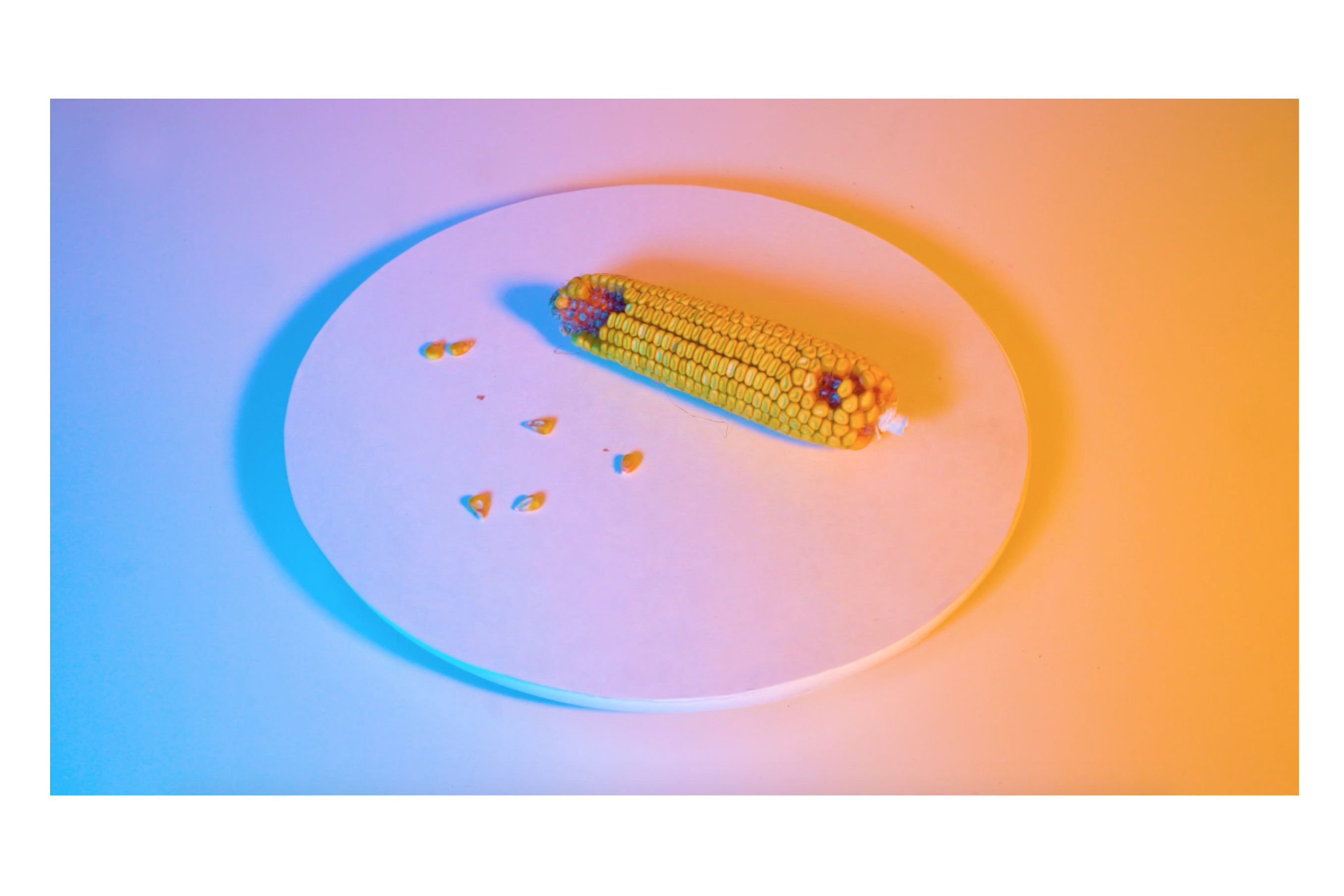
COMBINE: Farm machine used for harvesting crops – separates the grain from the plant, collects the harvested seeds, and spreads leaves and stems back onto the field. The invention of the combine was a major moment in human history revolutionizing the way grain crops are harvested.
CROP ROTATION: A practice used by many farmers – they rotate which crops are planted in a field year after
year for soil and crop management. Common rotation: Year 1: corn, Year 2: soybeans, Year 3: wheat.
CERTIFICATION/TRAINING: Farmers must complete training and certification to use pesticides, operate some equipment, and purchase certain seed varieties. This ensures the safety of the farmers, the soil and the growing crop, as they are trained on how to properly use those tools.
COMPACTION: Farmers avoid driving on wet fields or driving over the same spot multiple times, as this will cause the soil to compress. Air and water can’t move freely through compressed or compacted soil.
COVER CROPS: Planted after harvest to cover the soil, prevent erosion, and add nutrients back to the land.
FERTILIZER: Combination of nutrients that a growing plant needs. Farmers test soil to determine what fertilizer they need and use technology to apply the right amounts in the right parts of their fields.
FARM: Over 97% of farms in Canada are family own and operated.
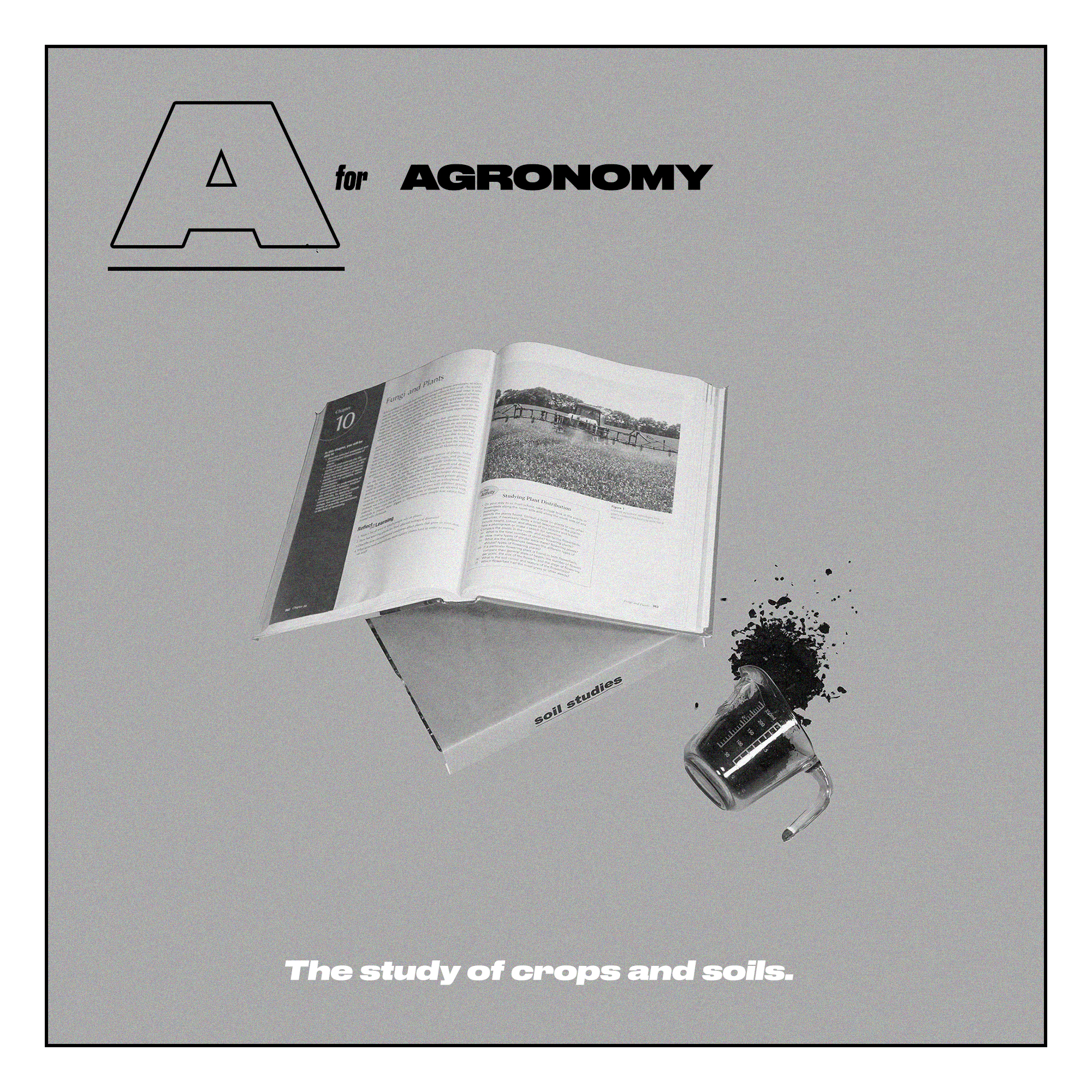
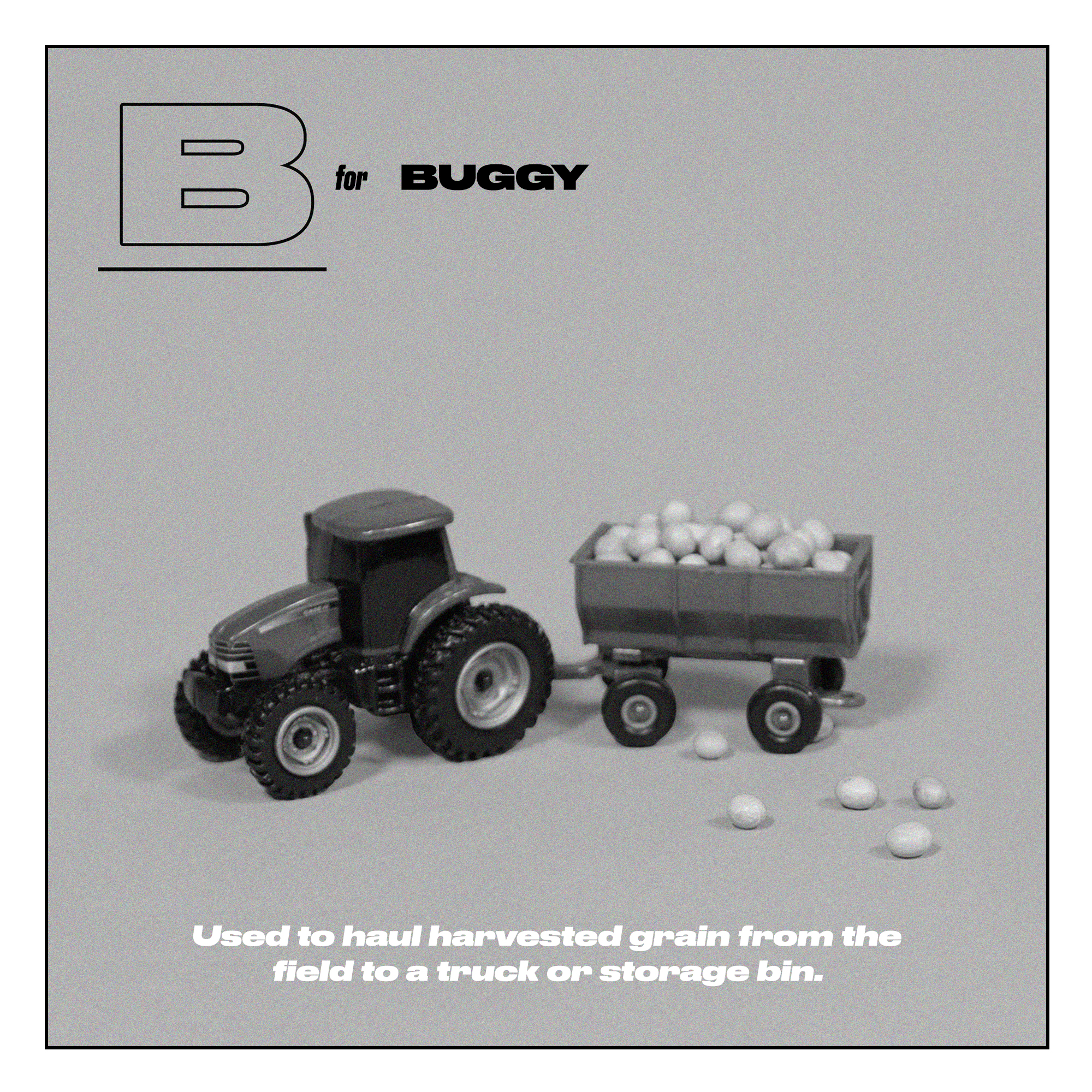

G – N
GMO: Genetically Modified Organism. Seeds that have been modified through genetic engineering techniques to address a need. For instance, in Ontario many farmers grow GMO corn and soybeans resistant to specific insects so much less pesticide is needed.
GLYPHOSATE: A herbicide used to combat perennial weeds.
GRAIN ELEVATOR: A facility used to store, dry, and ship grain to processers.
HEADER: The front section of a combine that chops standing grain and pulls the crop into the combine.
HARVEST: Mature, dry grain crops are harvested for their seeds. Cereal crops (barley, oats, wheat) are harvested in the late summer while corn and soybeans are harvested in the fall.
IPM: Integrated Pest Management. Includes the use of natural predators, crop rotation, no till, cover.
crops
MONITOR: Yield monitors and spray monitors inside farm equipment allow farmers to track harvest and manage specific spray amounts and locations.

MARKET: Grains are sold in the international commodity markets; farmers sell grain a variety of ways and watch market prices closely.
NO-TILL, MINIMUM TILL: Farming practice to reduce soil disturbance using less tillage (breaking up of soil).
NUTRIENTS: Phosphorus, nitrogen, and potassium are important nutrients for grain crops.
OATS: Grown on 75,000 acres in Ontario. Animal feed, cereals, snack bars.
PLANTER: A machine that plants the seeds into the ground by opening the soil, dropping the seeds and then recovering those seeds with soil.
PESTICIDE/PEST: Pesticides are used to protect a growing crop from harmful pests like insects, weeds and diseases.
RESIDUE: Leaves, stalks, seed husks left in the field after harvesting grain to improve soil quality.
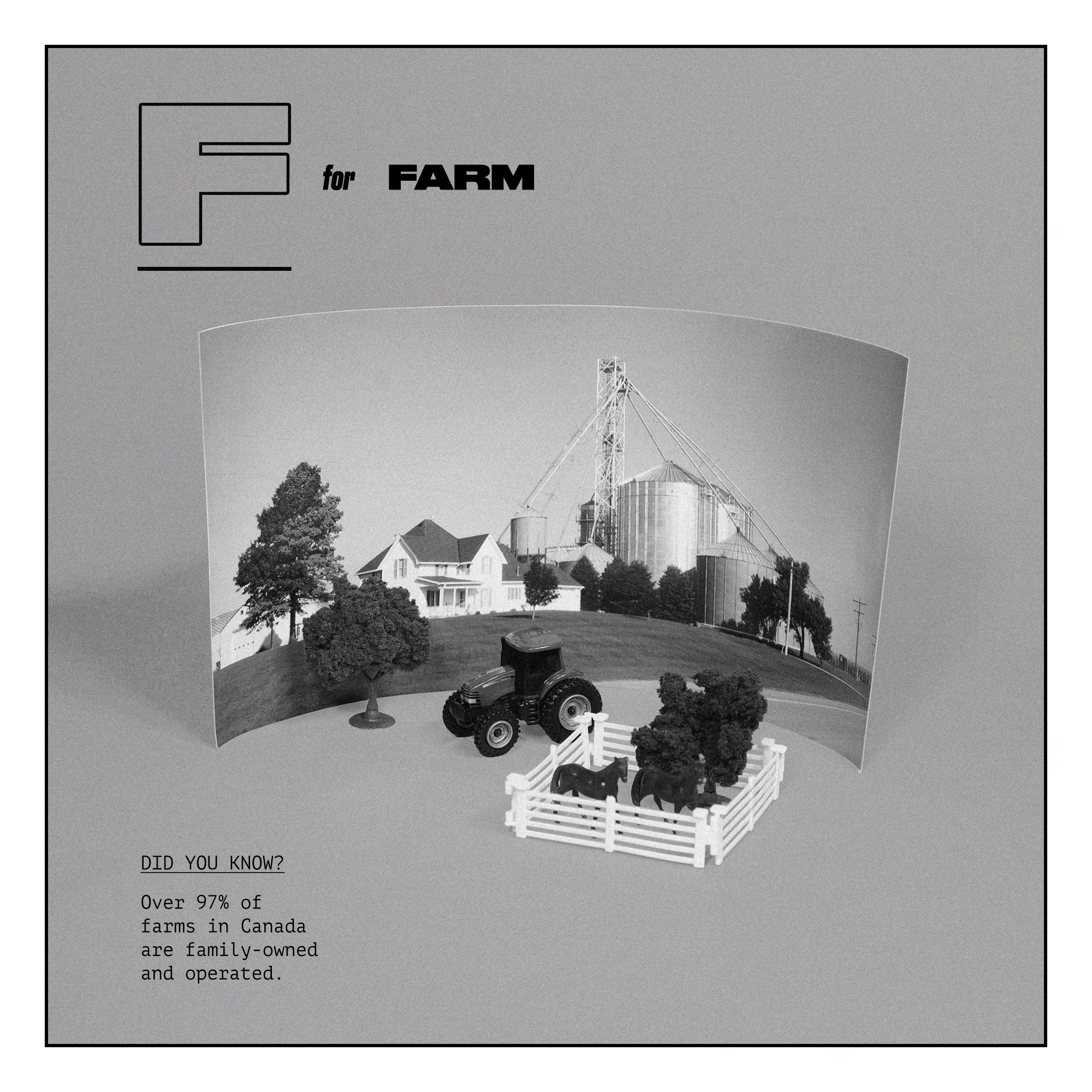

S – Z
SOIL: The top layer of earth that plants grow in; farmers are dedicated to soil health including soil structure, nutrients, and overall sustainability.
SOYBEANS: Grown on 3 million acres across Ontario, and exported around the world, tofu, soy sauce, oil, biodiesel.
SPRAYER: Farm machine used to spray a water mixture (fertilizer/water or pesticide/water) onto crop fields. Farmers can control every nozzle individually on their sprayer to apply the right amount to the right.
locations
SUSTAINABILITY: Farming practices to ensure productive farmland for the future. Sustainable practices include crop rotation, minimum-tillage, and nutrient management.
STRAW: Stem of a barley, oat, or wheat crop; commonly used in barns for livestock to stand and lay on.
SEED: Grain seed is purchased each spring to plant; on one acre of land a farmer may plant 30,000 corn seeds, 200,000 soybean seeds, or 1.6 million wheat seeds!
TILLAGE: Loosening up the first few inches of soil to prepare for planting. In heavy soils (like clay), tillage is very important to prepare the seed bed.
TRACTOR: A machine used to pull and operate farm equipment.
WHEAT: Grown on 1 million acres across Ontario. Winter wheat is planted in the fall, lives beneath the snow through the winter, continues growing in the spring, and is harvested mid-summer. Spring wheat is planted in the spring and harvested in late summer.
WEEDS: Complete with grain crops for nutrients, water, sunlight, and space in the field.
YIELD: A term used to measuring the amount of grain harvested. For instance, a soybean yield could be 45 bushels per acre in a specific field.
“Grain Matter” is a photo + video series presented by Kastor & Pollux, in partnership with Good In Every Grain and Grain Farmers of Ontario. Follow along as debunk urban (errrr farm?) myths, explore ethical farming practises, and maybe even ride a tractor 😉
Creative Director: Dani Roche
Creative Producer: Ema Walters
Art Director: Dani Reynolds
Video: Ema Walters
Photography: Dani Reynolds
Voice actor: Sabrina Scott
Design: Dani Roche

















